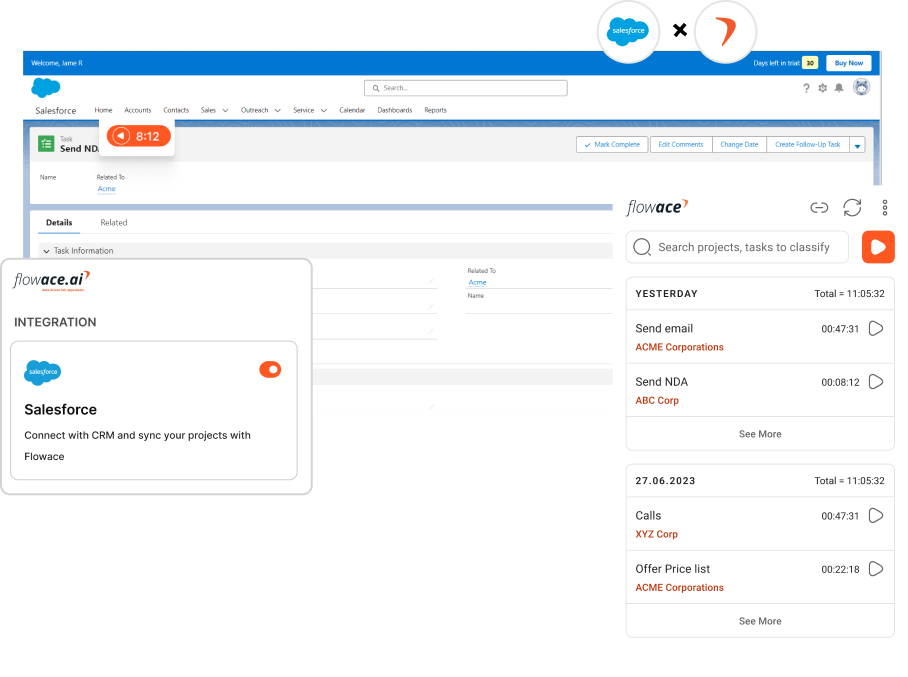The Essential Guide to Social Media Monitoring
.jpg)
In the fast-paced world of digital communication, staying in tune with the conversations happening around your brand is more critical than ever. Enter social media monitoring – a powerful strategy that enables businesses to listen, analyze, and respond to online interactions. In this comprehensive guide, we'll explore the significance of social media monitoring and how it can revolutionize your approach to online presence.
Understanding Social Media Monitoring
Social media monitoring involves tracking online conversations to gain valuable insights into what people are saying about your brand, industry, or relevant topics. By utilizing specialized tools and techniques, businesses can monitor mentions, analyze sentiment, and engage with their audience in real-time.
The Key Components of Social Media Monitoring
-
Listening to Your Audience: Social media monitoring allows you to actively listen to what your audience is saying about your brand. By tracking mentions and keywords related to your business, you can identify trends, sentiments, and potential areas for improvement.
-
Competitor Analysis: Stay ahead of the competition by monitoring your competitors' social media activities. Analyzing their strategies, customer feedback, and overall online presence can provide valuable insights for refining your own approach.
-
Crisis Management: Social media monitoring is a crucial tool for identifying potential PR crises before they escalate. By monitoring mentions and sentiment, businesses can address issues promptly, demonstrating transparency and responsiveness.
-
Brand Sentiment Analysis: Understanding how people feel about your brand is essential for effective reputation management. Social media monitoring tools can help analyze sentiment, providing valuable feedback to refine your messaging and customer interactions.
-
Identifying Influencers: Discover key influencers and thought leaders in your industry through social media monitoring. Building relationships with influencers can lead to increased brand visibility and credibility within your target audience.
Implementing Effective Social Media Monitoring:
-
Choose the Right Tools: Selecting the right social media monitoring tools is crucial for success. Platforms like Hootsuite, Brandwatch, and Mention offer robust features to track mentions, analyze data, and measure the impact of your social media efforts.
-
Set Clear Objectives: Define your social media monitoring objectives. Whether it's improving customer satisfaction, tracking campaign performance, or identifying emerging trends, having clear goals will guide your monitoring strategy.
-
Automate Where Possible: Take advantage of automation features within monitoring tools to streamline the process. Automation can help save time, ensuring that you don't miss important conversations and can respond promptly.
-
Create an Action Plan: Develop a comprehensive action plan based on the insights gained from social media monitoring. This plan should outline how you'll address positive and negative feedback, engage with your audience, and refine your overall social media strategy.
Conclusion
In the ever-evolving digital landscape, social media monitoring is not just a trend; it's a necessity. By actively listening to your audience, analyzing data, and responding strategically, businesses can elevate their online presence, build stronger relationships with their audience, and stay ahead of the curve in a competitive market. Embrace the power of social media monitoring and unlock the full potential of your online brand strategy.






.jpg)

.jpeg)


